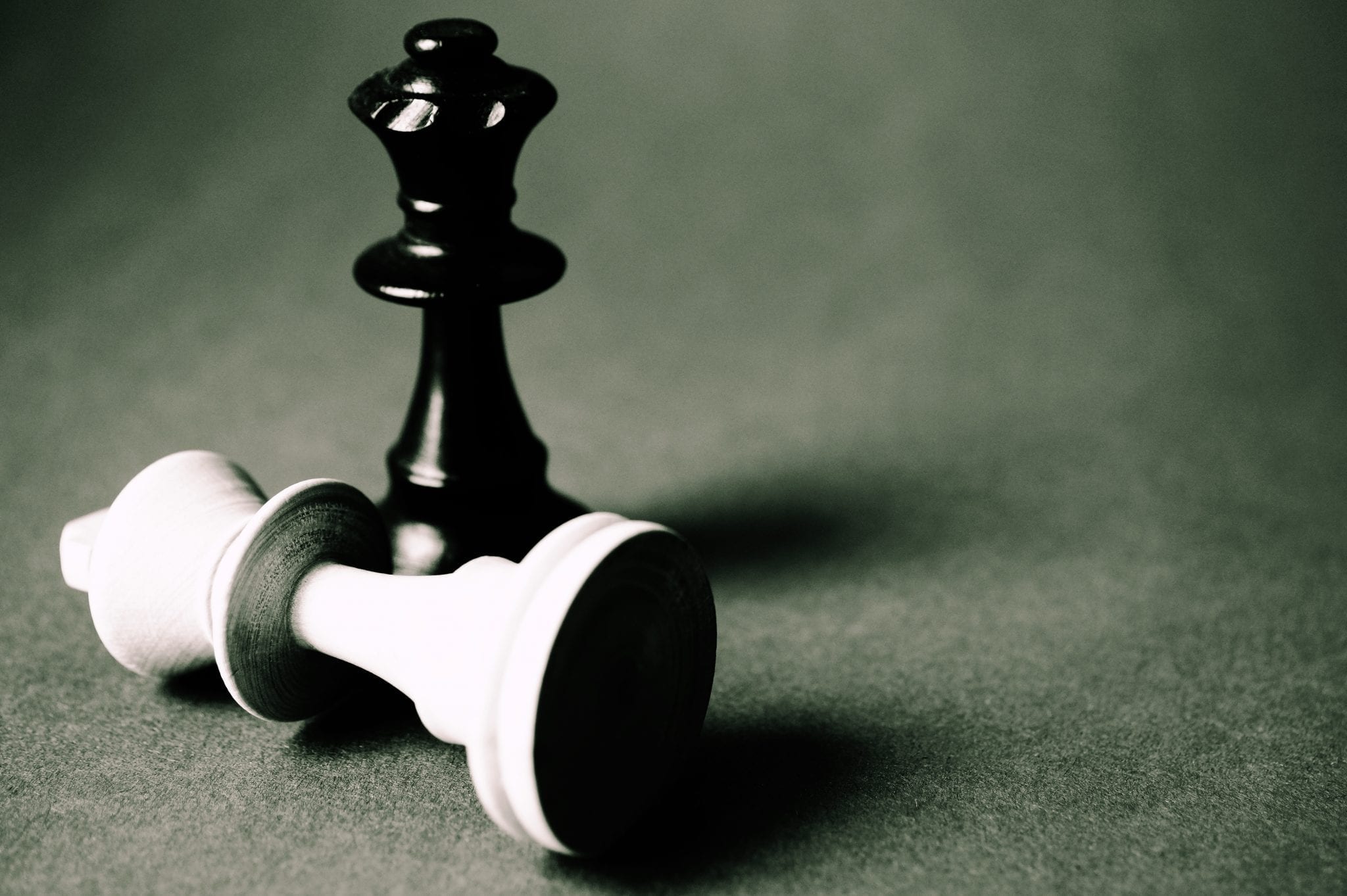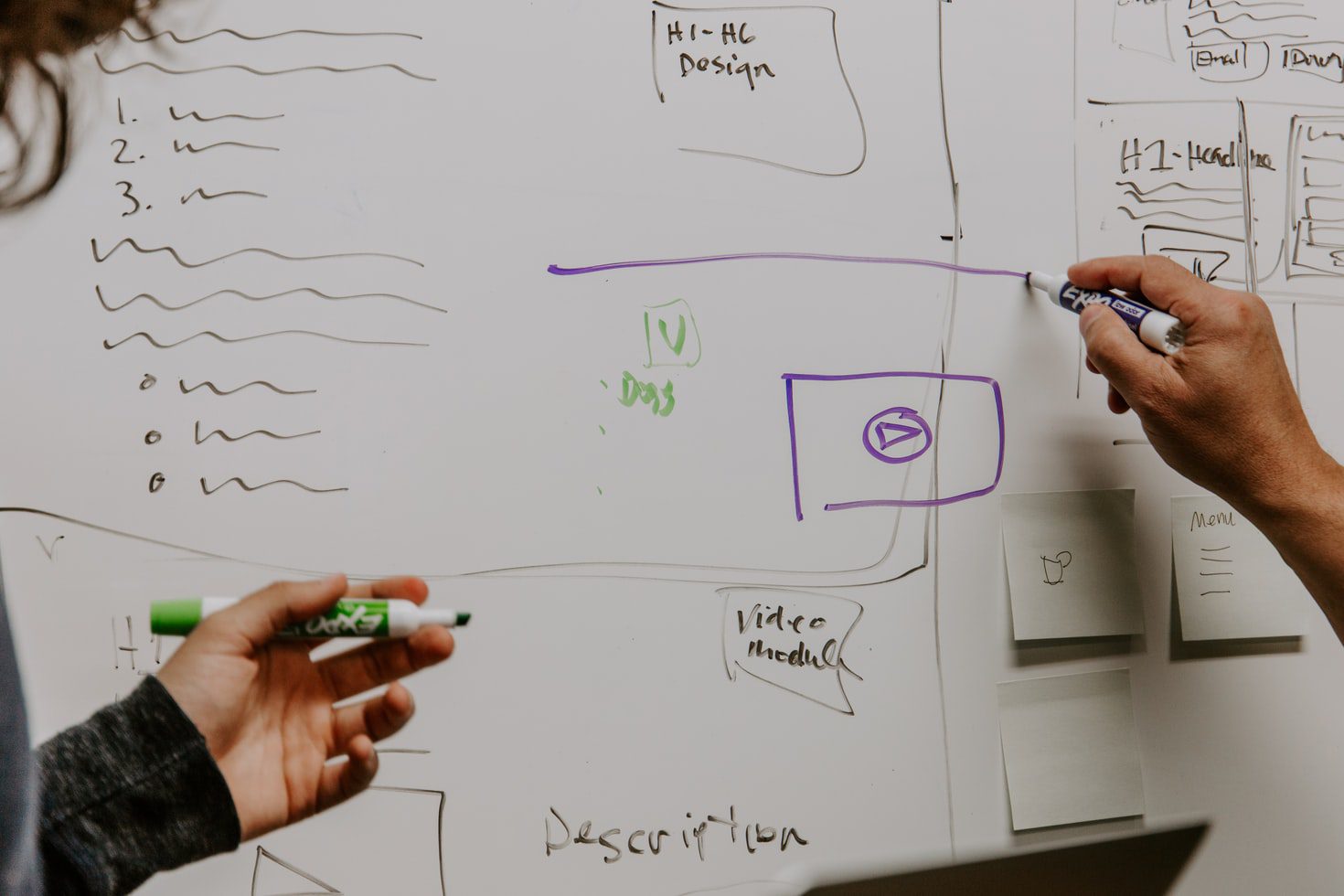The line between on- and offline shopping is blurring, resulting in an integrated shopping experience. After the rise of online shopping, store owners had to change their way of business in order to attract consumers to physical stores. These days, consumers can shop anywhere and everywhere. They have plenty of choices for shopping: in a physical store, online in a web store or via an application, using a smartphone, tablet or computer. Important for the ultimate shopping experience is these different channels should support each other.
The three states of mind (locating, exploring and dreaming) and three locations (in-store, out of store and online) should come together in a seamless customer journey.
Instead of designing the physical store and the online store separately, these two shops should be designed during an integrated process.
Shopping in the mind
Important to know is consumers can behave in three states of mind: locating, exploring and dreaming. Consumers have different goals per state of mind, and their mind state can change anywhere at any moment. Essential in on- and offline retail is taking these mind states and the potential switching into consideration. They also move fluidly across channels.
Consumers with the mind state 'locating' are looking for something specific, which can be a specific brand, product, or service. A locator can be a customer who merely resupplies the usual shampoo or someone who just need the cheapest toothpaste. These shoppers have a short attention span. With easy access to the Internet consumer behaviour regarding locating products has been changed. Consumers can research online what type of product/service they can buy. In short, locating consumers are task-oriented and shop with a clear purpose or predefined need or want in mind.
Consumers with the mind state 'exploring' have a specific product category in mind, but are open to suggestions and are searching for the information before making a choice. Explorers are recreational-oriented within their task-orientation, since they are looking to browse easily, find more information and narrow their choices down. For example, you need a certain fragrance with sweet character. By testing different fragrances you can explore several perfumes and eventually buy the most pleasant one. Explorers have a certain goal to purchase a particular product/service in a general sense, but do not have strong preferences and are inclined to explore.
Consumers with the mind state 'dreaming' are looking for new ideas and inspiration, without having predefined needs and wants. These consumers are unfocused and open for experiences and story telling. They are driven by emotions and environments, are explorative and open to shopping experiences. These consumers are recreational-oriented shoppers.
Fitch designed a model, the seamless customer journey, in which these three states of mind come together. The model is divided into three parts: in-store, online, and out-of-store. Retailers should build strong and seamless links between the physical store and the online experience. In each part, several triggers serving the mind states are placed. Think of assortment, website, brochures, (online) advertisements, pick-up points, social media. In this, the attention in brick & mortar stores should shift towards the explorers and dreamers, to keep them in store for a longer period and to get more value out of their customers.
The ultimate customer experience
The ultimate shopping experience means laws and regulations will merge. The experience customers had online will influence their offline experience and the other way around. Would you enter a physical store of brand X after a disappointing online experience in the web store of the same brand X?
Also, the world of online shopping is more transparent since it is easier to compare products and brands. There exist platforms helping you comparing. Last, the potential online shoppers are one click away from the competitors. The online world is used to optimise more frequently, websites release updates several times a year. While the brick and mortar stores will update after several years.
The best way to create the ultimate customer experience is by following the steps taken in web development. The process starts with a concept in line with the brand's mission, vision, and ambition. The next step is writing user stories. A user story lets one think from the user's perspective and describes all the activities that form the experience. It captures the 'who' and 'why' of a requirement. "As a [type of user], I want [some goal] so that [some reason]". The user story is input for the user experience (UX) and the user interface (UI).
Second, the user experience encompasses all the aspects of the end user's interaction with a product, service or system. Important is the user experience online and offline should be in line. The UX focuses on improving the usability, ease of use, and pleasure provided in the interaction.
From here on, the online and offline shops can be designed. The user interface is the visual design of the online store; the look and feel, the presentation and interactivity of the online experience. A UI design must be efficient - easy to reach a goal -, effective - the interface's goal must be the same as the user's goals - and satisfying - the user interface must be pleasant. Part of the UI design are the visual guidelines, all the interfaces and the connection between the interfaces; the navigation flow. Last, the use case identifies, clarifies and organises system requirements. It is the description on all of the ways the user interacts with the software and it covers the business logic.
On the other hand, an interior designer or 3D retail designer will create the plans for the brick and mortar store. Here, the UI guidelines can be input for the in-store communication.
Nike offers an ultimate shopping experience in which the different channels and all states of mind are integrated. This brand came with the flagship store Niketown and the tool NikeID. NikeID is a tool helping customers designing their own products. As you can imagine, this triggers the dreamer's state of mind. Customers can use NikeID online or in the flagship stores.
The store of the future
The translation of a brand into a consumer experience requires a refined process that orchestrates a much broader range of touch points than ever before.
Brands should start from the ultimate customer journey, in which customers can switch easily between online and offline. Advantages of online shopping should be implemented in the brick and mortar stores and the other way around. Both stores should go hand in hand and support each other. Not just a web store, but also the integration of the Internet in the brick and mortar store.
One of the advantages of online shopping is home delivery. It could be an option to offer customers in the brick and mortar store home delivery too, and perhaps even same day delivery. And, what if consumers, shopping in your brick and mortar store, can easily compare your products online, in your app, by scanning product codes with their mobile phone?



